SPICES&MASALA
Masala Black Pepper / Kali Miri
₹15.76 – ₹1,207.50
Black pepper contains a bioactive compound called piperine, which may have antioxidant and anti-inflammatory properties. It is also believed to aid digestion, improve nutrient absorption, and promote gut health.
Black pepper is one of the most widely used and traded spices in the world, prized for its pungent flavor and culinary versatility. Here’s all you need to know about black pepper:
- Botanical Name: Black pepper comes from the berries of the Piper nigrum vine, which is native to India’s Malabar Coast.
- Processing: The berries, or peppercorns, are harvested when they are still green and unripe. They are then dried, either in the sun or using mechanical drying methods, until they shrivel and turn black.
- Appearance: Black pepper typically consists of small, round, wrinkled peppercorns. The outer layer is dark brown to black, and the inner core is lighter in color.
- Flavor Profile: Black pepper has a sharp, pungent flavor with a complex aroma. It is spicy and slightly hot, with earthy, woody, and citrusy undertones.
- Culinary Uses: Black pepper is a staple ingredient in cuisines worldwide. It is used to season and flavor a wide range of dishes, including meats, poultry, seafood, vegetables, soups, stews, sauces, and marinades. It is also commonly used as a table condiment.
- Health Benefits: Black pepper contains a bioactive compound called piperine, which may have antioxidant and anti-inflammatory properties. It is also believed to aid digestion, improve nutrient absorption, and promote gut health.
- Availability: Black pepper is readily available in both whole and ground forms. It can be found in most grocery stores, spice shops, and online retailers.
- Storage: To preserve its flavor and aroma, black pepper should be stored in an airtight container in a cool, dry place away from direct sunlight. Properly stored, it can retain its quality for an extended period.
- Cultural Significance: Black pepper has a long history of use in cooking and trade. It was once so highly prized that it was used as currency and was known as “black gold.” Today, it remains an essential spice in many culinary traditions worldwide.
| WEIGHT | 10GM, 50GM, 100GM, 200GM, 500GM, 1KG |
|---|





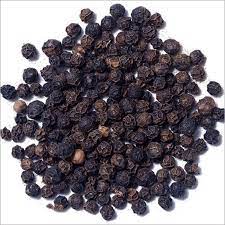
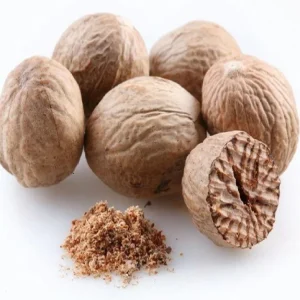
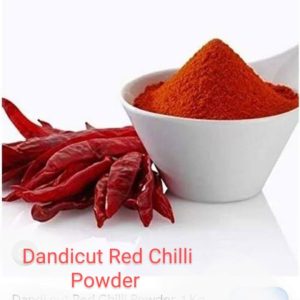
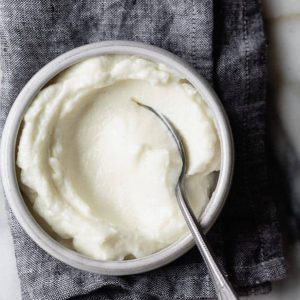
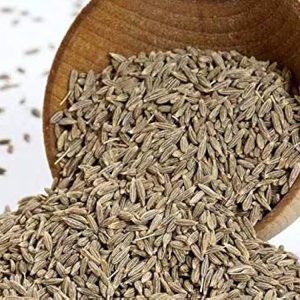
Reviews
There are no reviews yet.